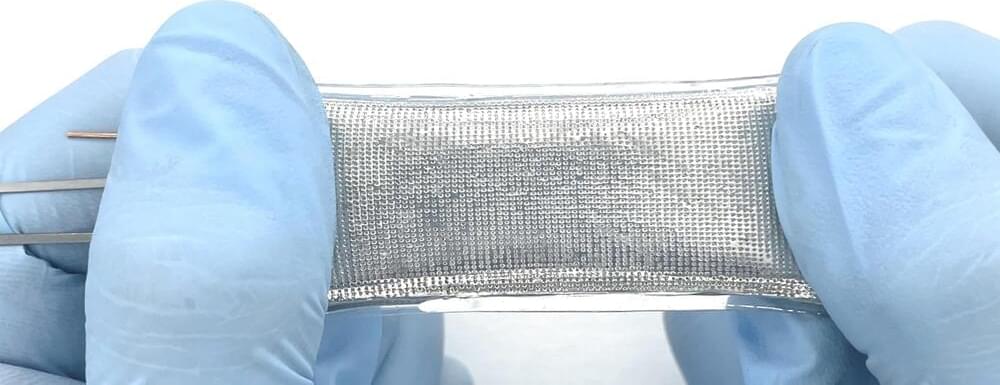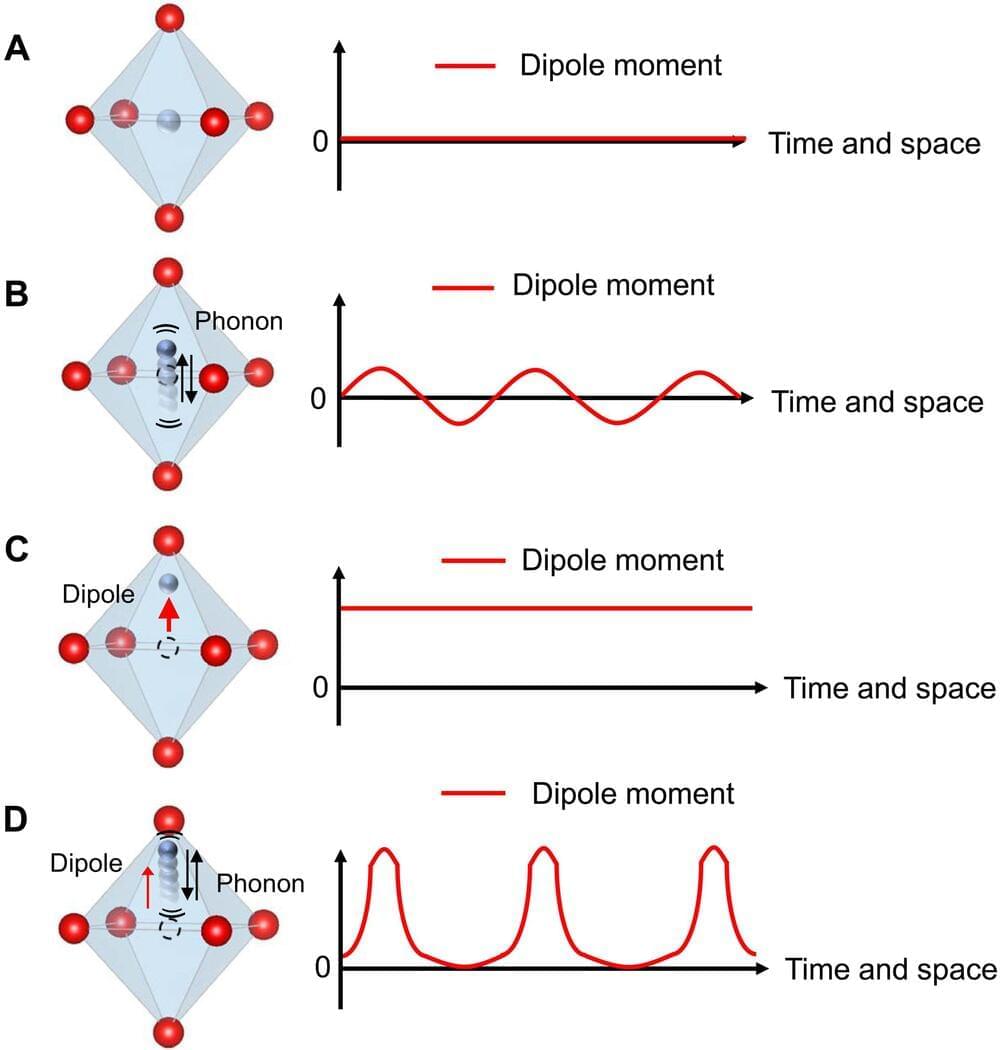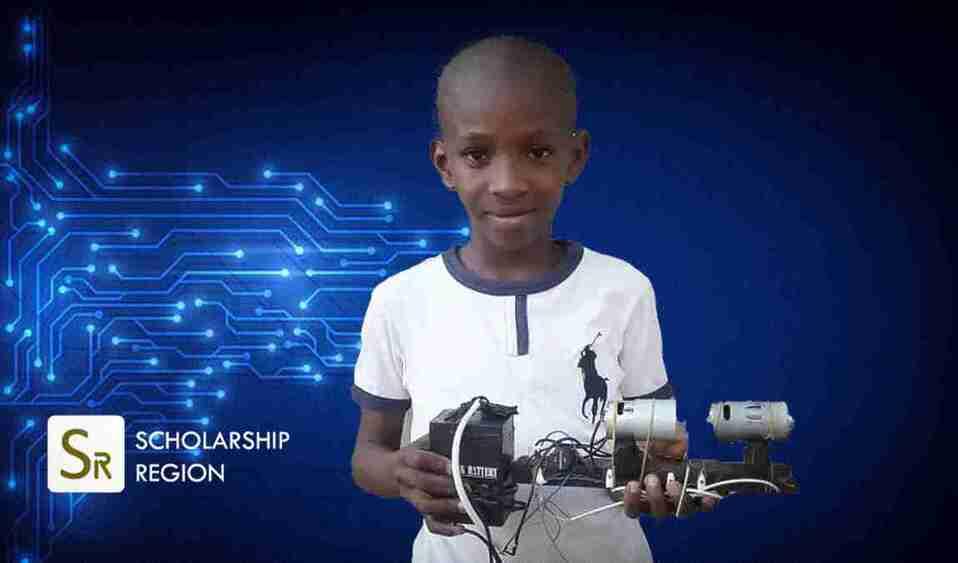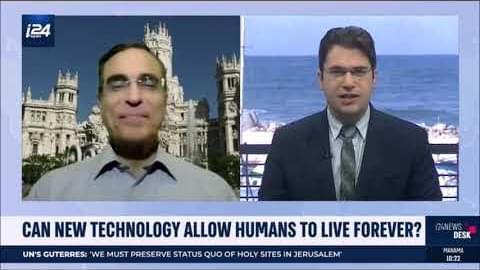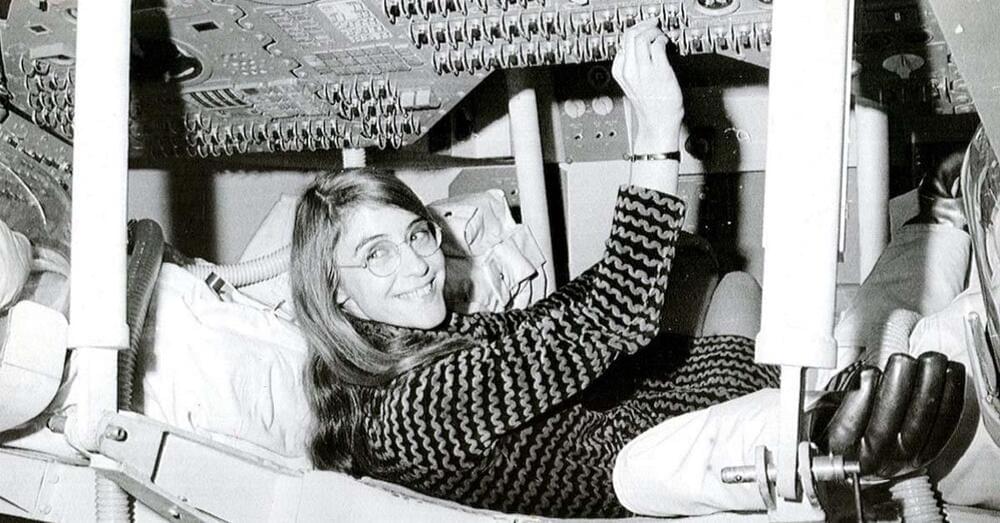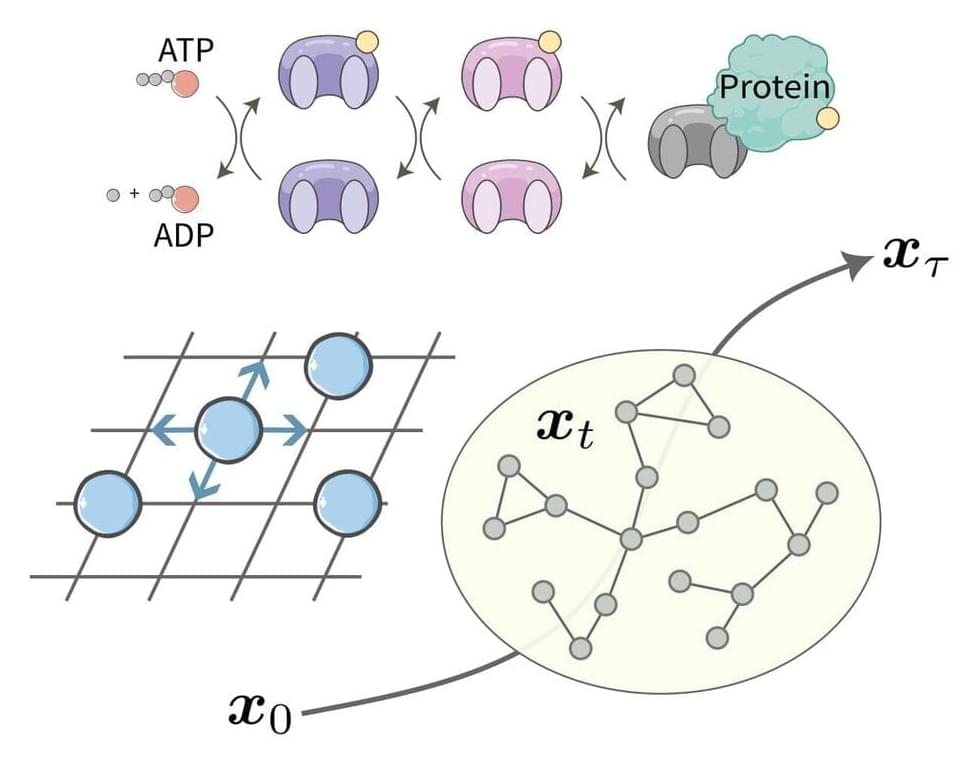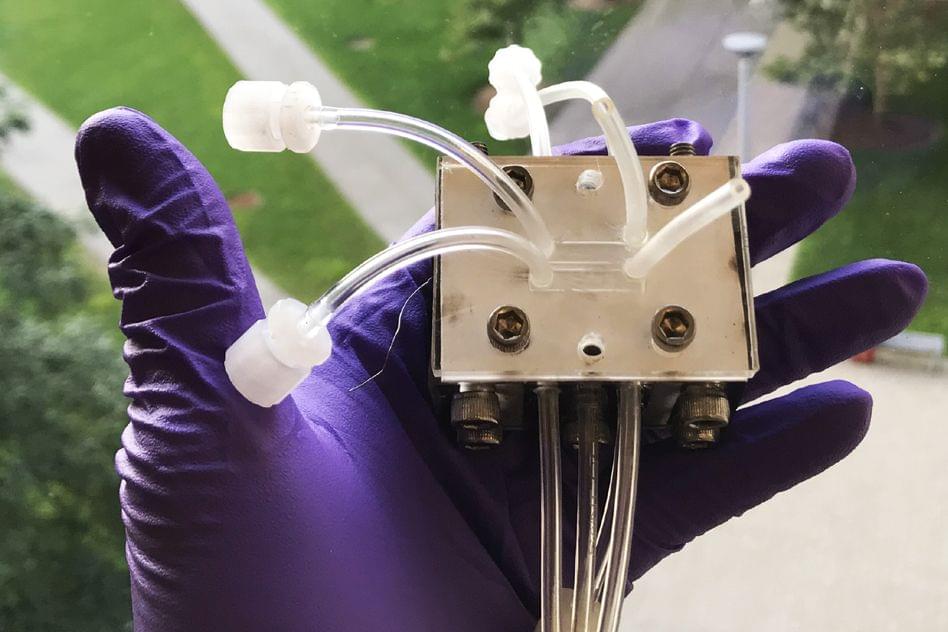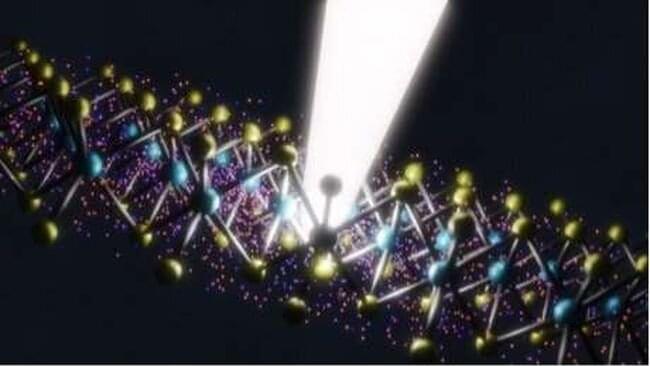Feb 2, 2023
Unconventional superconductivity found in kagome metal
Posted by Saúl Morales Rodriguéz in categories: engineering, quantum physics
Physicists using advanced muon spin spectroscopy at Paul Scherrer Institute PSI found the missing link between their recent breakthrough in a kagome metal and unconventional superconductivity. The team uncovered an unconventional superconductivity that can be tuned with pressure, giving exciting potential for engineering quantum materials.
A year ago, a group of physicists led by PSI detected evidence of an unusual collective electron behavior in a kagome metal, known as time-reversal symmetry-breaking charge order—a discovery that was published in Nature.
Although this type of behavior can hint towards the highly desirable trait of unconventional superconductivity, actual evidence that the material exhibited unconventional superconductivity was lacking. Now, in a new study published in Nature Communications, the team have provided key evidence to make the link between the unusual charge order they observed and unconventional superconductivity.

